Get Into Cycling - Commuting - The Bike
| | | |

So we've introduced the concept of the ‘stealth' cyclist. The rider that blends bike commuting with daily living so well, that you can hardly see the join.
This time we're going to look at the bike itself. Having the right bike for the job will help all the other aspects of the stealth commute fall into place. And the good news is that in most cases, you won't have to ditch your old bike, unless you plan to commute on a carbon fibre track bike or a full on downhill mountain bike. However there are some great purpose built commuting options that will do everything you need a commuter bike to do, which boils down to:
- Keeping you comfortable, clean and dry
- Carrying your stuff
- Keeping you safe
- Keeping itself out of the grimy paws of bike thieves
With these things in mind we'll look at the features you should look for, whether you're shopping for a commuter bike or looking to ‘commutify' your existing one.
Upright riding position
Above: This hybrid bike has the perfect city riding position - upright enough to afford good all round visibility, yet still sporty enough to allow the rider to use their upper body.
If you're commuting in heavy traffic and wearing normal clothes, the low slung stretch to the handlebars of a road bike isn't going to be comfortable or afford you a good field of vision. Look for a position that at least puts your back and arms at about 45 degrees to the ground, distributing your weight properly between your hands and your bum. This position will take the strain off your neck, give you a good field of vision, but isn't so ‘sit up and beg' that it'll rob you of efficiency.
A Frame that will allow you to fit mudguards and a rack

Above: Look for a frame that has fittings for mudguards and a rack. This Giant commuter bike goes one better with a rear rack that is fully integrated with the frame.
This means two things - what you need to look for is a frame with a) enough clearance between the tyre and the frame/fork to fit a mudguard. b) and attachment points (known as eyelets) on the rear of the frame and the bottom of the fork, where the mudguards attach.
Similarly, for racks, you need to look for rack attachment points on the seatstays and the rear dropouts.
If your existing bike doesn't have these, don't despair. There are mudguards available for bikes without adequate clearance or eyelets. ‘Crud Catchers' hail from the world of mountain biking but do an adequate job of keeping the worst of the spray off your back and face. ‘Race Blades' do a similar job on close tyre clearance un-eyeletted road bikes.
Road bikes and MTBs without mounting points for a rear rack can be fitted with seatpost mounted racks, or a large saddlepack can often carry all of your commuting essentials.
Mudguards

Different strokes for different folks - Above: full length guards give maximum protection. Below: 'Crud Catcher' style guards are a good compromise if you don't like the full guards look, or if your bike hasn't got the necessary fittings.

Full length mudguards front and rear are the best, and SKS guards are the best of the best. They will keep you and your bike clean by protecting you from road spray. While it's true that getting caught in a downpour while on your commute is statistically rare (despite what we like to think about our weather), you'll find that you'll be riding on wet roads a lot, and mudguards will keep your clothes in good enough condition to wear all day in the workplace.
Racks
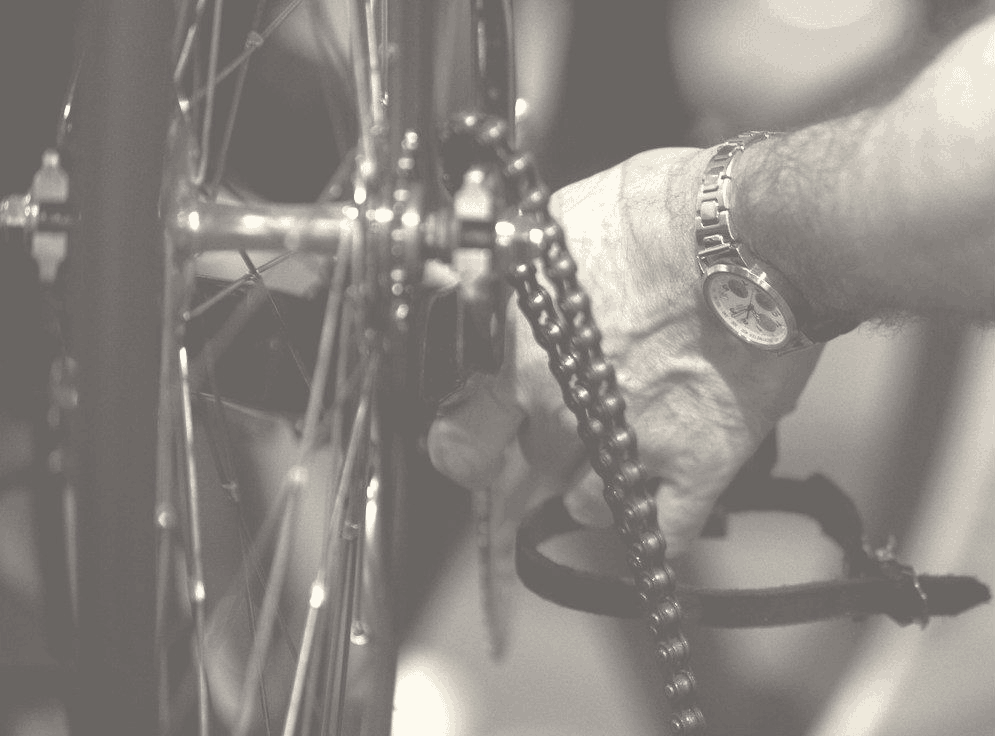
Above: A rear rack means you can carry all the stuff you need for work without getting a sore, sweaty back. Clothes, lunch, tools and a laptop all fit in two medium sized panniers. As a side note: this full carbon road bike is proof positive that you can 'commutify' any bike.
A rear rack will allow you to fit all manner of bike luggage to your machine making it possible to carry all of your work stuff plus your commuting stuff on the bike. The ‘on-the-bike' bit is key here. Rather than wearing a heavy rucksack on your back, let the bike take the load. A rucksack on your back, even when commuting at a gentle pace, will leave you with a sweaty back and creased clothes.
Tyres
The right tyres on your commuter bike means the best compromise between comfort, efficiency and puncture resistance. A good purpose-built commuter bike will be fitted with a smooth or lightly treaded tyre with a decent air volume - 32 -37mm wide are common on dedicated commuter bikes. This will give you enough air volume to cope with the odd kerb-hop, bad roads and the occasional towpath/bike path excursion.
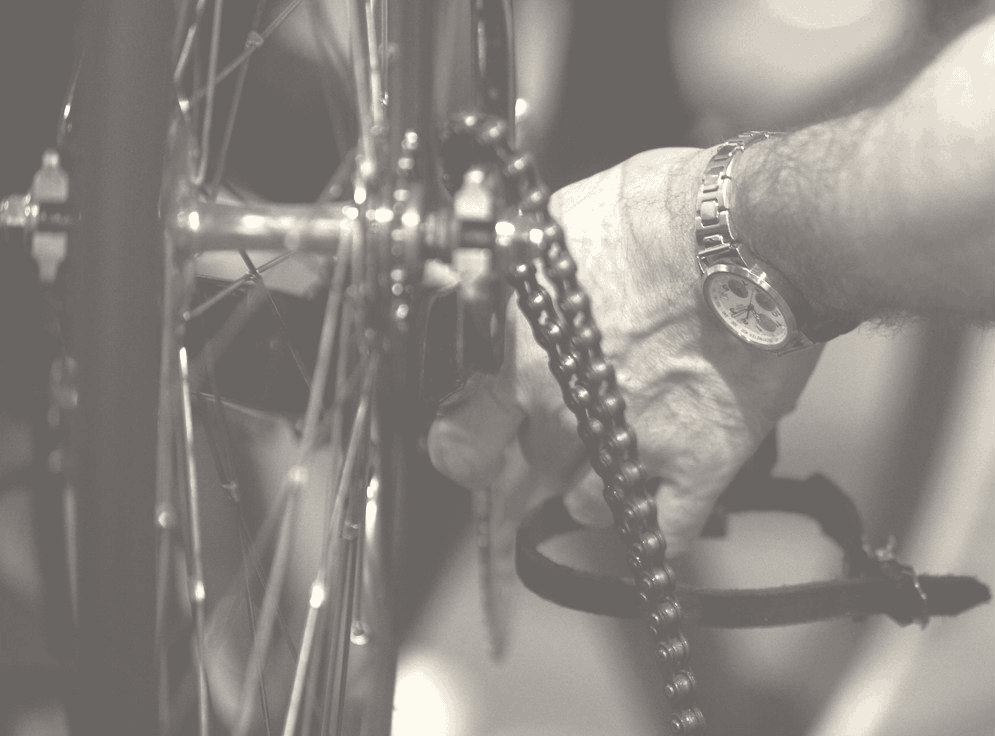
Above: The 30mm wide slick tyres on this fast city bike are the ideal compromise between comfort, speed and durability.
If you're converting a mountain bike to commuting action, you should ditch the wide knobblies and go for a 1.5 - 1.75 inch wide tyre with a smoother tread and some sort of puncture protection.
If you're converting a road bike for commuting duty, the chances are that your bike won't fit a tyre bigger than 28mm wide (some are even worse and only fit a 25mm tyre). Get the biggest road tyre that your bike will safely allow. You need to end up with enough clearance between your tyre and your brakes/frame to prevent stones and other debris kicked up from the road jamming your wheels. Be warned - this happens - and when it does, the consequences are pretty dire.
Pedals
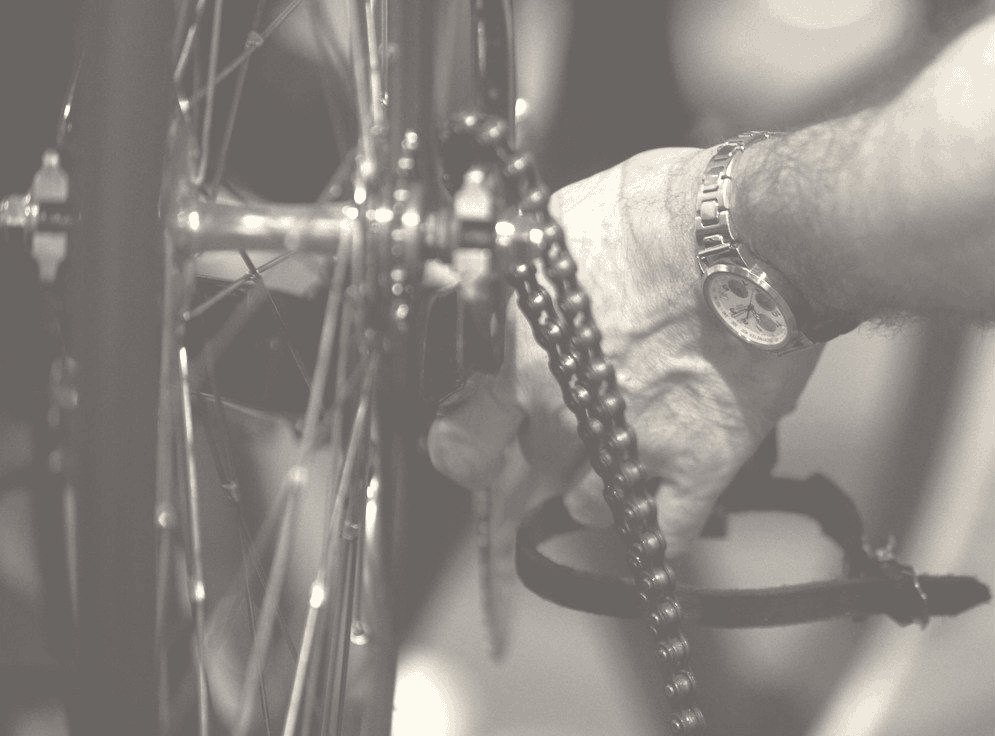
Above: Flat pedals mean you can wear any shoes you like, which makes it easier to just jump on and ride. Save your clip-in pedals for when ultra-efficiency really counts.
If you're intent of riding in your normal clothes, this will mean normal footwear too. For many hardcore riders, moving away from clipless pedals will be a wrench, but it will free up your footwear choices. A grippy platform pedal is the best choice - you'll find that there's precious little difference between your efficiency with a good set of flatties and your SPDs. For new cyclists, this is a non-issue - why wouldn't you ride in your normal footwear?!
Camouflage
You'll generally want to find your bike where you left it after a long day at work. Aside from locking your bike up, there are other, more passive security measures you can take. 'Uglification' is a great deterrant and can be done in a number of ways. Either you buy an ugly bike to begin with, ride a bike that has become ugly with age, or ride a bike that has had ugliness thrust upon it.
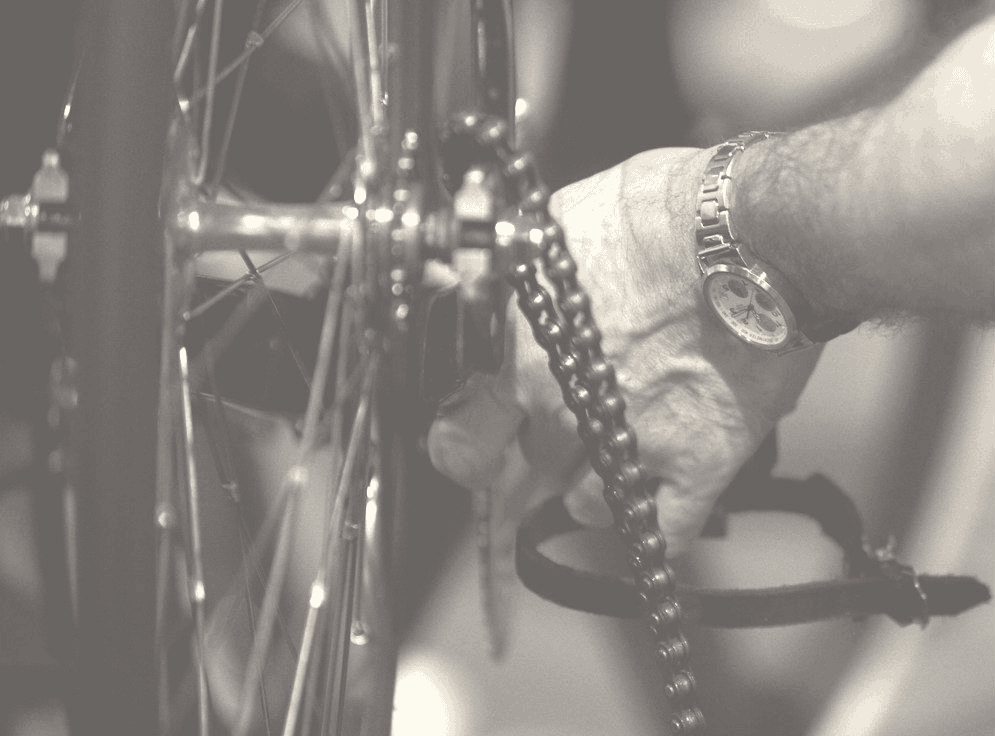
Above: A beater bike like this can be left out in all weathers yet will be on-call when you need it for short-hop commutes. This one is semi permanently locked outside a railway station. The owner probably has another beater bike at the other end of his or her railway journey.
- Get a beater bike - Not an option for bike snobs, but if you're serious about your cycle commuting, getting hold of a serviceable but beaten up bike can be the easiest way of putting thieves off the scent. Older rigid mountain bikes and hybrids are good targets - they've got tough frames, an upright riding position, clearance for wide tyres and fittings for racks and mudguards. Old 3 speed roadsters and 10 speed racers are getting hard to come by but work a treat for commuting duties, plus they're practically invisible to thieves.
- Worn Out and Dirty - Let your bike acquire that ‘careworn look'. Beausage (the beauty of usage) is normally in the eye of the user - to everyone else it just looks worn out. Keep the important stuff like the gears, brakes and controls clean, but let the rest of the bike accrue a layer of dirt. When stuff gets worn looking but is still serviceable, keep using it, and learn to appreciate the patina of age.
- Ugly-up your good bike - If you can't bear riding a beater bike there are a few things you can do to your good bike to make it less attractive. Adding mudguards and racks generally throws the invisibility cloak over most bikes. Covering the tubes with electrical tape can obscure a prized makers name and also protect your paintwork (though the adhesive can be a swine to remove when you decide to peel away the disguise).

Above: Another way to go under the toe-rag radar - camouflage your bike. This hand-painted work of art is not only highly visible in low light situations, the paintjob conceals a high quality Orbea hybrid bike.
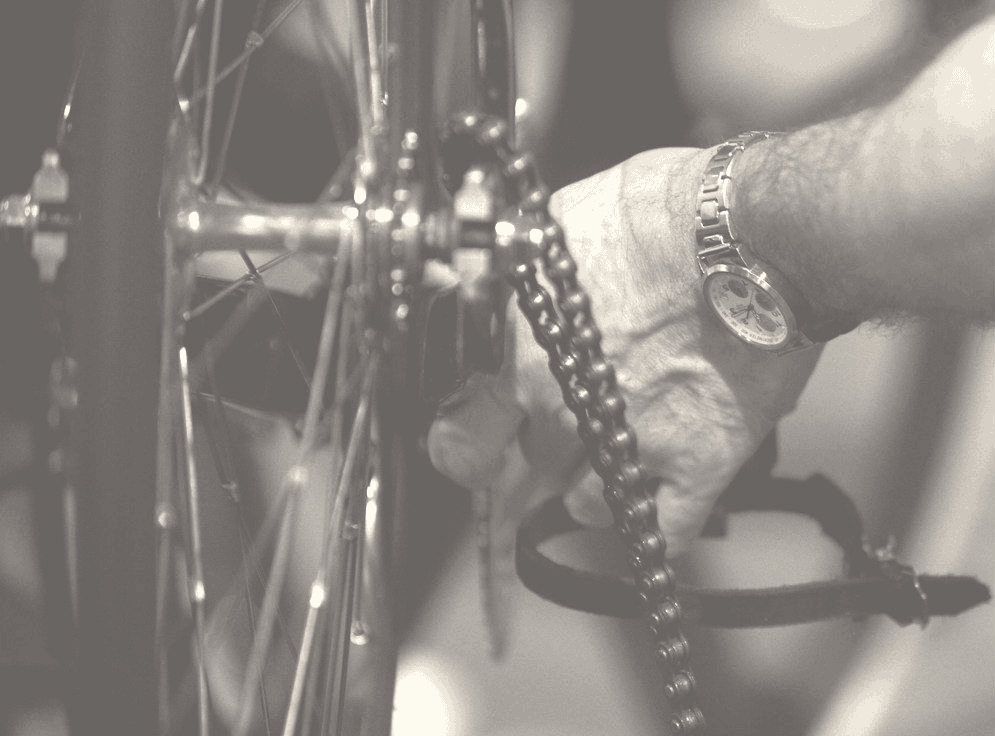
Above: Another angle on passive security. A bikey will approve of the custom builders name, the Reynolds 531 sticker and the fine lugged steel tourer frame. However, the average bike thief won't bat an eyelid.
The caveat
It almost goes without saying that there's a certain strata of common thief that will steal any old sow's ear of a bike, so don't get too cocky. Always use a good lock, lock up to an immovable item and choose a spot that's well overlooked.
Home | Bike | Clothing | Commuting Tips | Travel and Commuting News





